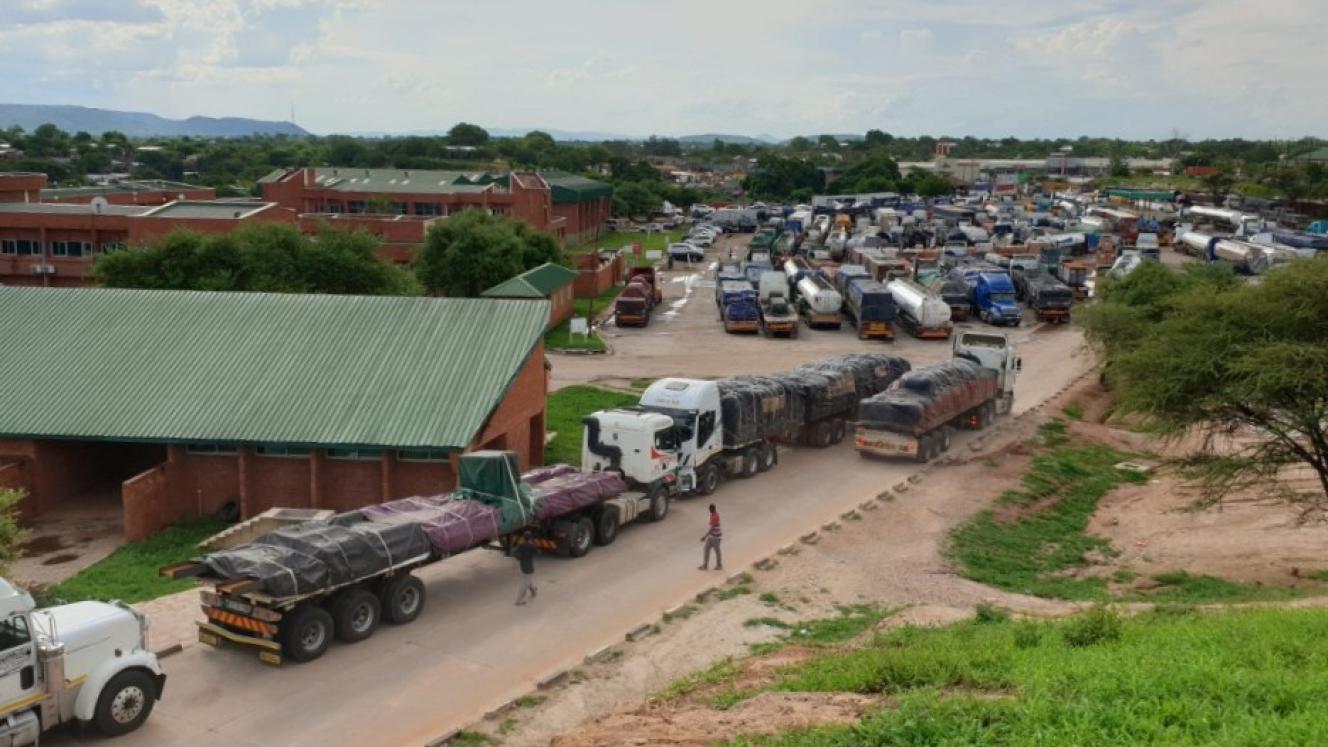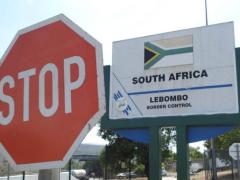Red Meat Industry Services (RMIS), the levy-funded service provider for the red meat value chain, is implementing a phased tracking, reporting and risk assessment system for foot-and-mouth disease (FMD) from a centralised operational centre in Pretoria.
“A dedicated team has been appointed to manage and operate the operational centre, ensuring capacity for real-time coordination and support with a dedicated phone line,” the organisation said in a statement.
The aim of the centre is to coordinate speedy and efficient implementation of government’s national contingency plan for new FMD outbreaks.
Efforts to stem the spread of the disease through movement control and biosecurity measures have repeatedly faltered since the first outbreak in the former disease-free zone in 2019.
Promising news of the possible lifting of disease management areas in Limpopo and the Eastern Cape late in May were quickly overshadowed by an outbreak of the disease at Karan Beef’s premises in Heidelberg, Gauteng – the world’s biggest feedlot.
The RMIS response system will incorporate the country’s current national network of 177 ruminant private veterinarians conducting daily surveillance of FMD.
“This existing reporting system, along with a designated WhatsApp channel, will now also serve to ensure rapid, real-time communication of suspected FMD cases directly to the operational centre,” the RMIS said.
“Suspected FMD cases reported by the private veterinarians are mapped in real time on the RMIS platform, which was specifically developed for this purpose. Each case’s status is continuously updated and displayed on the platform, providing a national bird’s-eye view of the outbreak. This visual overview supports effective disease management and decision-making within the operational centre.
“The platform enables farmers, auction houses, feedlots and abattoirs to register and be geo-mapped on the platform, which facilitates targeted biosecurity responses and containment.
“The FMD contingency plan outlines a clear step-by-step process to be followed once a suspected case is identified by a veterinarian. The operational centre will support the coordination of this process, facilitating communication and action between the farmer, private veterinarian, state veterinarian, laboratory and the Department of Animal Health to ensure accurate execution within the recommended timeframe.”
The centre will also send updates on case status and outbreak mapping directly to veterinarians through the RMIS platform via WhatsApp.
“In Phase 2, the RMIS plans to introduce a public reporting channel for suspected animal movements in collaboration with various organised agricultural organisations. This will be followed by Phase 3, which will see the integration of an electronic risk assessment and movement permit system into the RMIS platform – also through collaboration with various organised agricultural organisations.”












